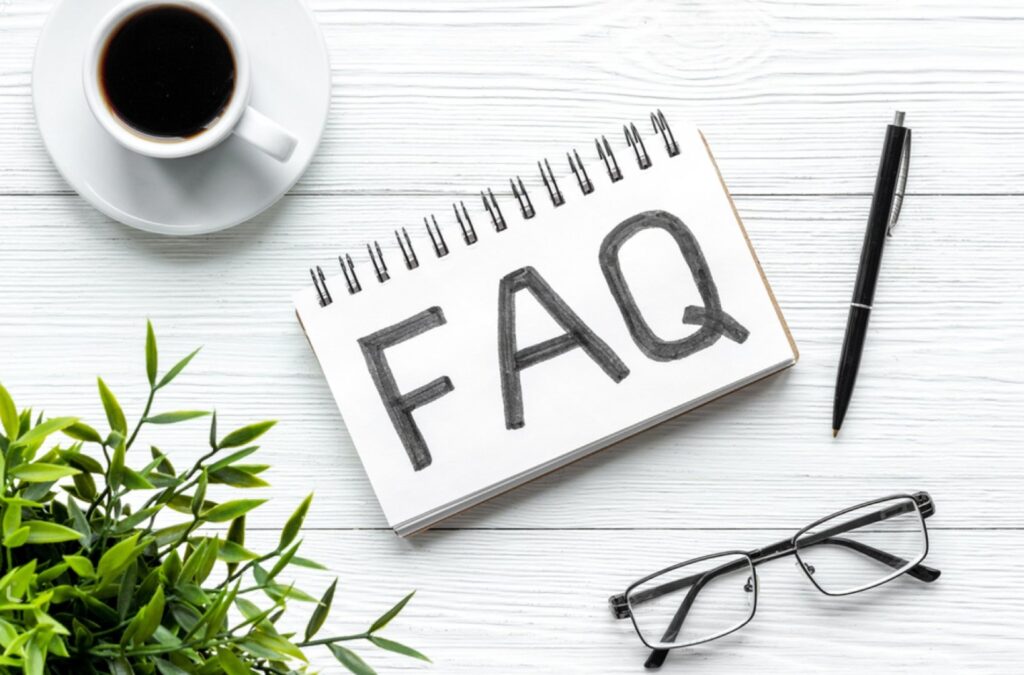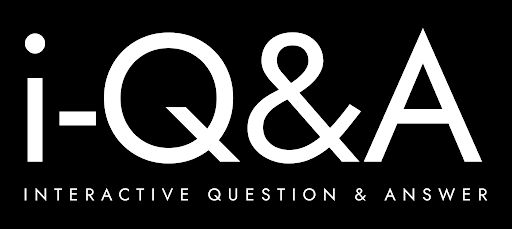
If someone landed on your website right now with a burning question, how easy would it be for them to find the answer?
A Frequently Asked Questions (FAQ) page isn’t just a box to tick—it’s one of the most helpful, high-impact pages you can create. And in 2025, the best FAQ pages aren’t just static lists of Q&As. They’re searchable, structured, and carefully designed to support your audience at the exact moment they need help.
In this post for i-Q&A, we’ll walk you through how to build a truly searchable FAQ that works for both your customers and your business. We’ll look at practical design tips, real examples, and the building blocks of an FAQ that answers questions, builds trust, and supports your wider goals.
Why FAQ Pages Still Matter—Maybe More Than Ever
Let’s start with why you should care.
An effective FAQ page is one of the simplest, most scalable tools for supporting customers, cutting support costs, and improving conversions. But more than that, it acts as a signal that you understand your users. You’ve heard their questions—and you’ve taken the time to answer them properly.
Here’s what a good FAQ page can do:
- Reduce support volume by handling repetitive questions (e.g. billing queries, how-to steps, refund policies).
- Build trust by being transparent and proactive about common issues.
- Improve organic search visibility by capturing keyword-rich content and appearing in search engine snippets.
- Support self-service 24/7, allowing users to get help on their terms—without waiting for an email or chatbot reply.
It’s an often-overlooked part of the user journey, but when done well, it can reduce friction in your sales funnel and make customers feel seen and supported.
What Makes an FAQ “Searchable” (and Why That Matters)
A searchable FAQ page is about more than just adding a search bar—although that helps.
The goal is to ensure that visitors can quickly and reliably find the exact answer they’re looking for, without trawling through irrelevant or outdated content. That means combining strong user experience design with a clear content structure and technical SEO principles.
To make your FAQ genuinely searchable:
- Add a search bar: This is especially important as your FAQ grows. Tools like HelpCenter (Shopify) or Ultimate Blocks (WordPress) make this simple.
- Use relevant keywords: Structure your questions and answers around the language real users use. This helps with both internal searches and Google rankings.
- Organise with clear headings: Break content into well-labelled categories like “Shipping,” “Billing,” or “Product Features” so users can scan and jump to what they need.
What the Best FAQ Pages Get Right
To build a helpful FAQ, you need to think beyond a simple list of questions and answers. Here are the key ingredients of an FAQ that’s actually useful—and used.
1. Use Real Customer Questions
Forget made-up queries. The best FAQs are grounded in reality. That means sourcing real questions from:
- Customer support tickets
- Live chat logs
- Social media or community forums
If people are asking, that’s your cue to include it. And don’t worry if the same question is phrased multiple ways—use natural language and consider covering multiple variations if needed.
2. Structure by Topic, Not Chaos
Avoid dumping all questions into one long, unfiltered list. Instead, group them into sensible sections such as:
- Getting Started
- Payments & Billing
- Product Troubleshooting
- Privacy & Security
- Account Management
This makes the page far easier to scan—and far less overwhelming for first-time users.
3. Be Clear, Honest and Straightforward
The tone of your FAQ should reflect your brand voice, but clarity comes first.
No waffle. No marketing spin. If a refund takes seven days, say so. If a feature has limitations, explain them honestly.
The more transparent you are, the more trust you’ll earn—and the fewer support tickets you’ll generate.
4. Keep the Design Simple and Intuitive
You don’t need a complicated layout, but you do need one that’s visually easy to scan. Some useful features:
- Collapsible answers to reduce scrolling
- Icons to highlight key topics
- Whitespace to reduce clutter
- Bold text for questions, with regular text for answers
And don’t forget accessibility: readable fonts, strong colour contrast, and mobile optimisation all matter here.
Case Study: What Dripify Gets Right
Let’s take Dripify—a LinkedIn automation platform—as an example.
Their FAQ page is clean, focused, and user-led. Some of the standout elements include:
- A well-organised layout with clear category tabs
- Click-to-reveal answers that make scanning easier
- Smart integration of product features into support content
Dripify doesn’t just answer “how to” queries—it explains what users can actually do with the platform. And it does it in a clear, non-patronising tone that fits the product’s audience.
Key Features Covered in Dripify’s FAQ:
If you’re building an FAQ for a SaaS tool or digital product, use Dripify’s structure as inspiration. They cover topics like:
- Automating outreach and follow-ups
- Verifying business emails for better deliverability
- Managing responses from multiple platforms in one inbox
- Hyper-personalising email campaigns
- Real-time data enrichment and lead scoring
Each answer is practical and clearly worded—no jargon, no ambiguity.
Design Tips to Keep in Mind
Even the most accurate content won’t help if users can’t find it or don’t want to engage with it. Here’s how to keep your FAQ page user-friendly:
Match Your Brand Design
The FAQ shouldn’t look like an afterthought. Use consistent fonts, colour schemes, and layout styles so it feels like a cohesive part of your website—not an external document.
Make It Mobile-Responsive
A significant percentage of users will visit your site on a phone or tablet. That means collapsible answers, clickable categories, and responsive search functionality are non-negotiable.
Add Helpful Calls to Action
Sometimes an answer won’t be enough. Make it easy for users to take the next step with prompts like:
- “Still have questions? Contact support.”
- “Book a demo.”
- “Sign up for a free trial.”
These can be placed after answers or in a sidebar, just like Dripify does with its subtle “Book a Demo” and “Talk to Sales” buttons.
What About Knowledge Bases?
It’s worth briefly distinguishing between an FAQ and a full knowledge base.
- FAQ pages cover common, high-level queries—great for onboarding or addressing initial concerns.
- Knowledge bases go deeper, often with multi-step tutorials, integration support, or advanced use cases.
You might start with an FAQ and expand later as your product or service grows.
Examples to Inspire You
Some standout FAQ implementations from different sectors:
- Airbnb: Uses images, video, and highly readable copy to explain processes like booking and payments.
- Dropbox: Strips everything back for readability—great performance on mobile and desktop alike.
- Pinterest Help Centre: Clearly segmented by user journey stages, with an intuitive search interface.
- McDonald’s UK: Answers transparent questions about ingredients and sourcing, with filters and search built in.
These all share one thing: they make it easy for users to help themselves.
Keep Your FAQ Fresh
An outdated FAQ does more damage than having none at all. Make sure to:
- Schedule regular reviews (monthly or quarterly)
- Remove references to discontinued features
- Add new questions based on emerging trends
- Monitor performance using tools like Hotjar or Google Analytics
If users are dropping off certain questions or failing to find results, you may need to refine your content or structure.
Final Thoughts
A well-built FAQ page doesn’t just save time. It earns trust, increases clarity, and improves your users’ experience—while making your team’s job easier behind the scenes.
To recap, here’s what your searchable FAQ should do:
- Answer real user questions
- Be easy to search and navigate
- Use clean, mobile-friendly design
- Stay consistent with your brand
- Support discovery with helpful calls to action
- Evolve over time with your business
Treat your FAQ as a living, breathing resource—not a static list. Done properly, it can quietly become one of the most useful pages on your site.
And if you’re building it today, remember: searchable doesn’t just mean technical. It means findable, usable, and trustworthy—on every device, for every user.
At i-Q&A, we specialise in helping organisations create effective, intuitive FAQ experiences that genuinely support the people they’re built for. Whether you’re launching your first FAQ or refining an existing knowledge base, our tools and expertise are designed to make every answer easier to find.
